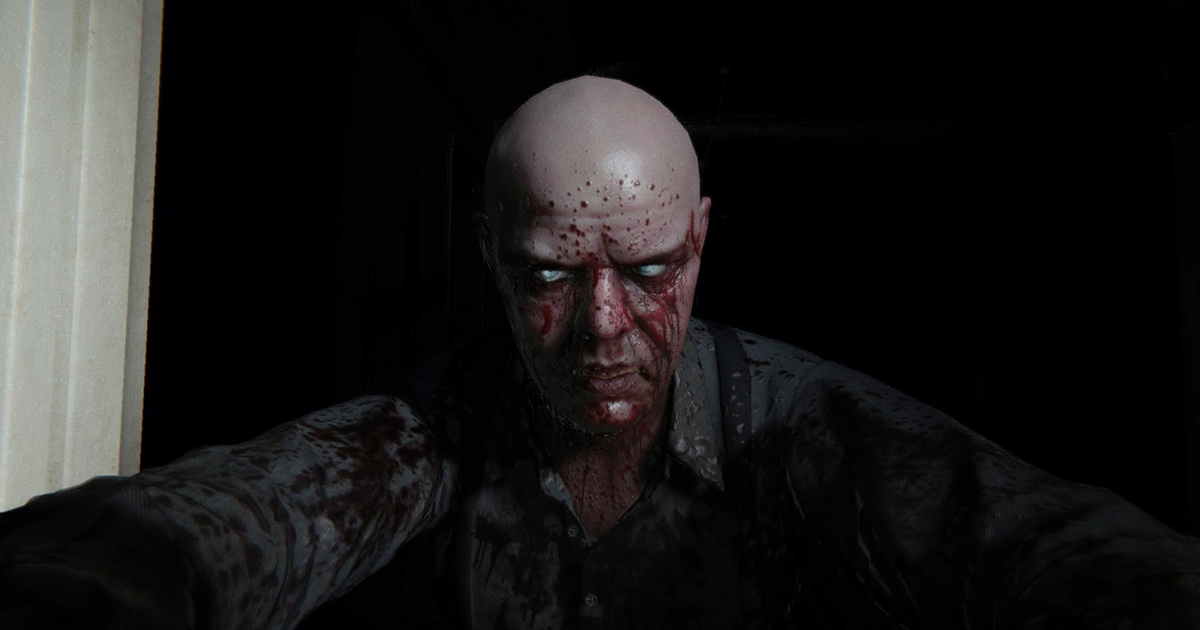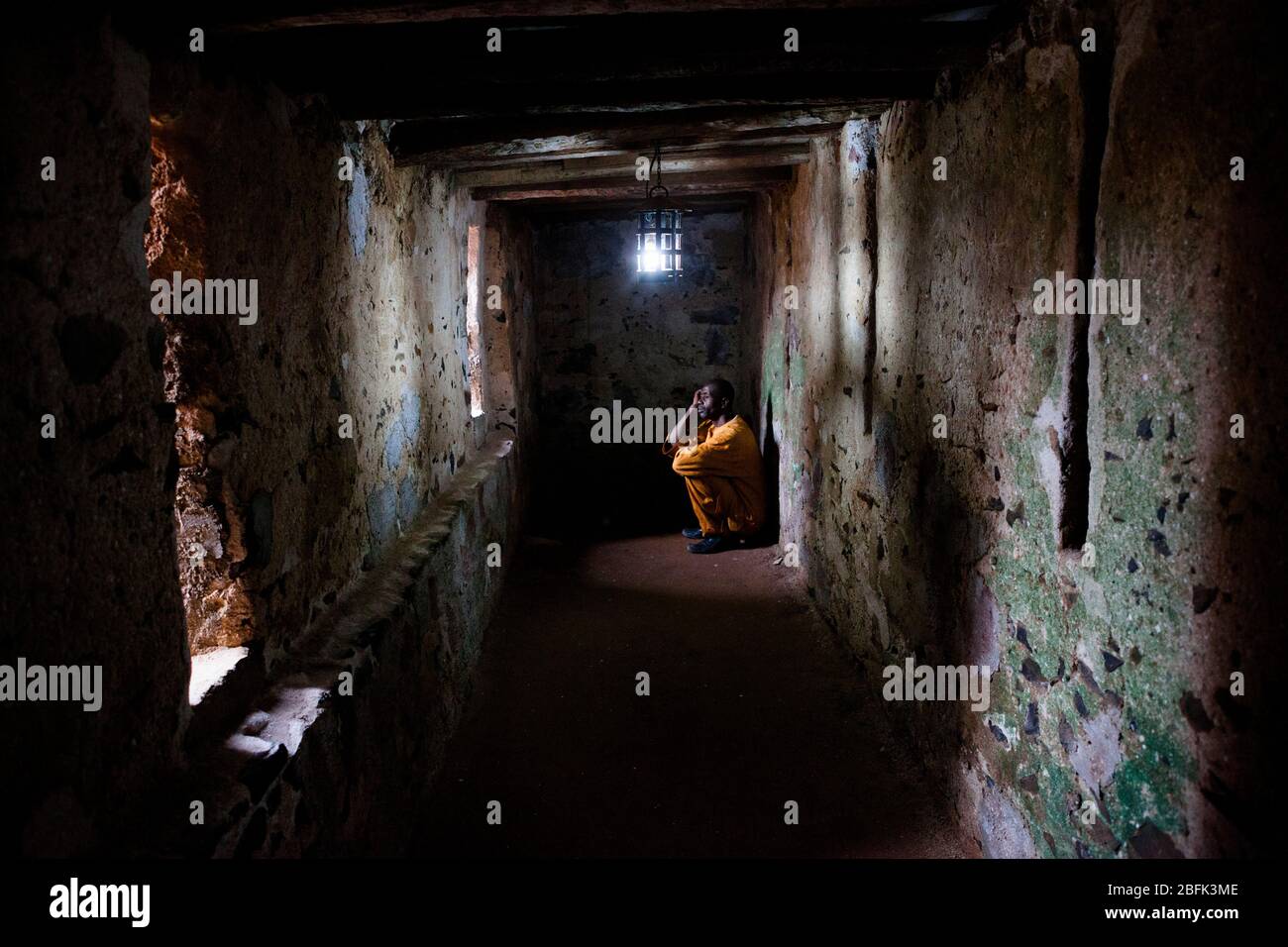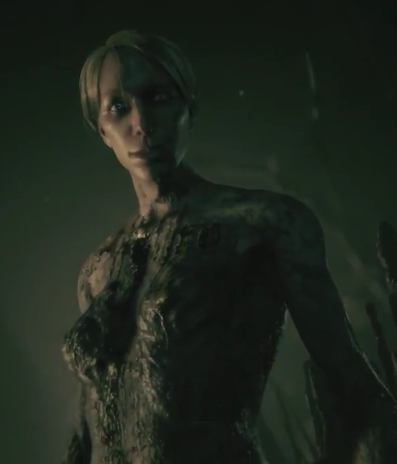

Josiah McElheny The first moment I experienced an extremely deep connection to art was in Rome, where one cannot help observe the layering of history that you find there on any one street. One gets lost in a detail only to take a step back and become overwhelmed by an excess of possibilities. But there’s something threatening below the shiny surfaces. McElheny’s exhibitions are delightful and rich. In fact, I never experience his installations as macabre encounters with the dead. He tries to discover a novel way forward by casting backward to reconsider unfulfilled expectations of the past. He seems to still believe that by changing the actual shapes of material forms-objects we can touch, hold, weigh, see, and see through-people can make a more tolerant society in which the bargain between laborer and industry is fair and honest. McElheny continues the modernist project by catalyzing persistent (nagging) questions about art’s potential to counteract unjust social hierarchies. Here, I understand modernism as the period of history-roughly from the mid-19th century to the present-in which artists made and make conscious attempts to directly encounter and alter aspects of technology and industrialization. I was eager to discuss this with Josiah because he is intensely preoccupied with the fate of modernism’s failed attempts and dead ends. I have been thinking about the role of the dead in current artistic production for some time. There is no declaration of war after a single death everything may be over, or it may go on for a long time as in plagues and epidemics. Nothing may happen for a long time, but one cannot count on this each new blow comes suddenly out of the dark. One can never know when something is going to happen. The essence of this fight between the living and the dead is that it is intermittent.

Mixing together in the gallery, the dead and the living constitute an intentional community of participants spanning generations, standing outside of time.Īs a way of starting our conversation, the day that we were scheduled to meet, I emailed Josiah a quotation from Elias Canetti’s Crowds and Power.

Through allusion, appropriation, and reconstruction, McElheny stages séances where deceased designers, artists, architects, crafts people, and writers hold court with living contemporary counterparts. With each new effort, he summons long-gone artists and the fallen artistic movements they founded.

Described this way there is something potentially morbid about McElheny’s projects. It is difficult to sum up the artist’s practice in a sentence or two, but one can fairly say that altogether his art is motivated by an intense curiosity about the unrealized potential of utopian projects captured in the forms of objects. Catalogue design, new translations of historical texts, and book publishing are also crucial parts of his work. In addition, he creates films and performances that are important features of his exhibitions. His projects have often begun with handmade pieces of glass, crafted in his own studio. Josiah McElheny creates astonishing installations out of many materials, frequently collaborating with any number of experts.


 0 kommentar(er)
0 kommentar(er)
